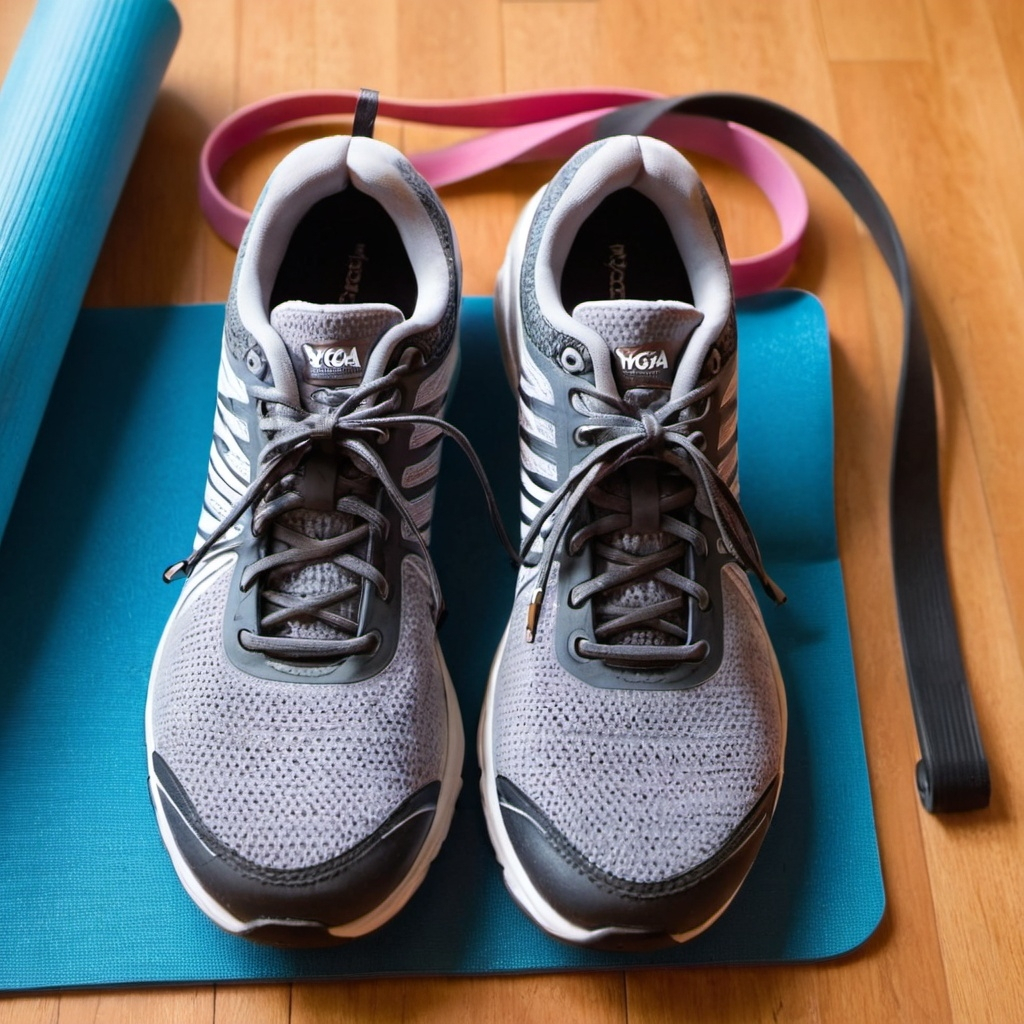Engaging in regular physical activity is crucial for maintaining kidney health, especially for individuals with kidney disease. Low-impact cardio exercises are particularly beneficial as they minimize stress on the joints while promoting cardiovascular health, aiding in weight management, and enhancing overall well-being. Here are five of the safest low-impact cardio exercises for kidney patients:
1. Walking
Walking is a simple yet effective low-impact exercise that can be easily incorporated into daily routines. It helps improve cardiovascular health, supports weight management, and boosts energy levels. For kidney patients, regular walking can aid in controlling blood pressure and cholesterol levels, which are vital for kidney function. When weather isn’t conducive to walking outside, either walk around the house, walk in place, or go somewhere you can walk indoors. I have known several people who will walk in a mall or a large grocery store. Many buy gym memberships, but if, like many other kidney patients, you are on a limited income try indoor areas that don’t charge.
Product Suggestion: Consider investing in a reliable pair of walking shoes to provide comfort and support during your walks.
2. Cycling
Cycling, whether on a stationary bike or outdoors, offers an excellent low-impact workout that enhances heart health and increases stamina. For kidney patients, cycling can help in maintaining a healthy weight and improving circulation, which supports kidney function. If you are just beginning to exercise, take short rides to start and build up your stamina by going for a few minutes more each week. Speed is not the objective. Low cardio movement is what will be best.
Product Suggestion: A quality stationary bike provides a comfortable and effective way to cycle indoors. If you want to have movement while sitting, you may try a foot peddler.
3. Swimming/Water Aerobics
Swimming is a full-body workout that is gentle on the joints due to water’s buoyancy. It improves cardiovascular fitness, muscle strength, and flexibility. For those with kidney issues, swimming can aid in reducing stress and improving mood, contributing to overall health.
Product Suggestion: Enhance your swimming/water aerobic sessions with tools designed to improve technique and performance, such as fins or the foam handhelds used in water aerobics.
4. Rowing
Rowing provides a comprehensive workout that combines cardiovascular exercise with strength training. It engages multiple muscle groups, promoting heart health and endurance. For kidney patients, rowing can help in managing weight and improving overall physical function. Remember, however, that too much bending/twisting may adversely affect kidneys.
Product Suggestion: Resistance bands can help you do rowing exercises that reduce the bending. Sit on a chair and prop your feet on a stool or another chairs. Put your feet in one end of the band and hold the other end in your hands and pull the band to your chest. Repeat this without much bending at the waist.
5. Tai Chi
Tai Chi is a form of exercise that involves slow, deliberate movements and deep breathing. It enhances balance, flexibility, and mental well-being. For individuals with kidney disease, Tai Chi can reduce stress and improve quality of life. There are many movements and methods within Tai Chi. To start choose one for beginners that is easy to follow.
Step-by-step beginners Tai Chi Tai Chi for Beginner’s | Easy 5-Minute Form – YouTube
Product Suggestion: To get started with Tai Chi, a Tai Chi for beginners that you may find online or in social media, such as youtube.com offers easy-to-follow instructions. The link above is just one on youtube.
Conclusion
Incorporating these low-impact cardio exercises into your routine can significantly benefit kidney health by improving cardiovascular function, aiding in weight management, and enhancing overall well-being. Always consult with your healthcare provider before starting any new exercise program to ensure it aligns with your individual health needs.

